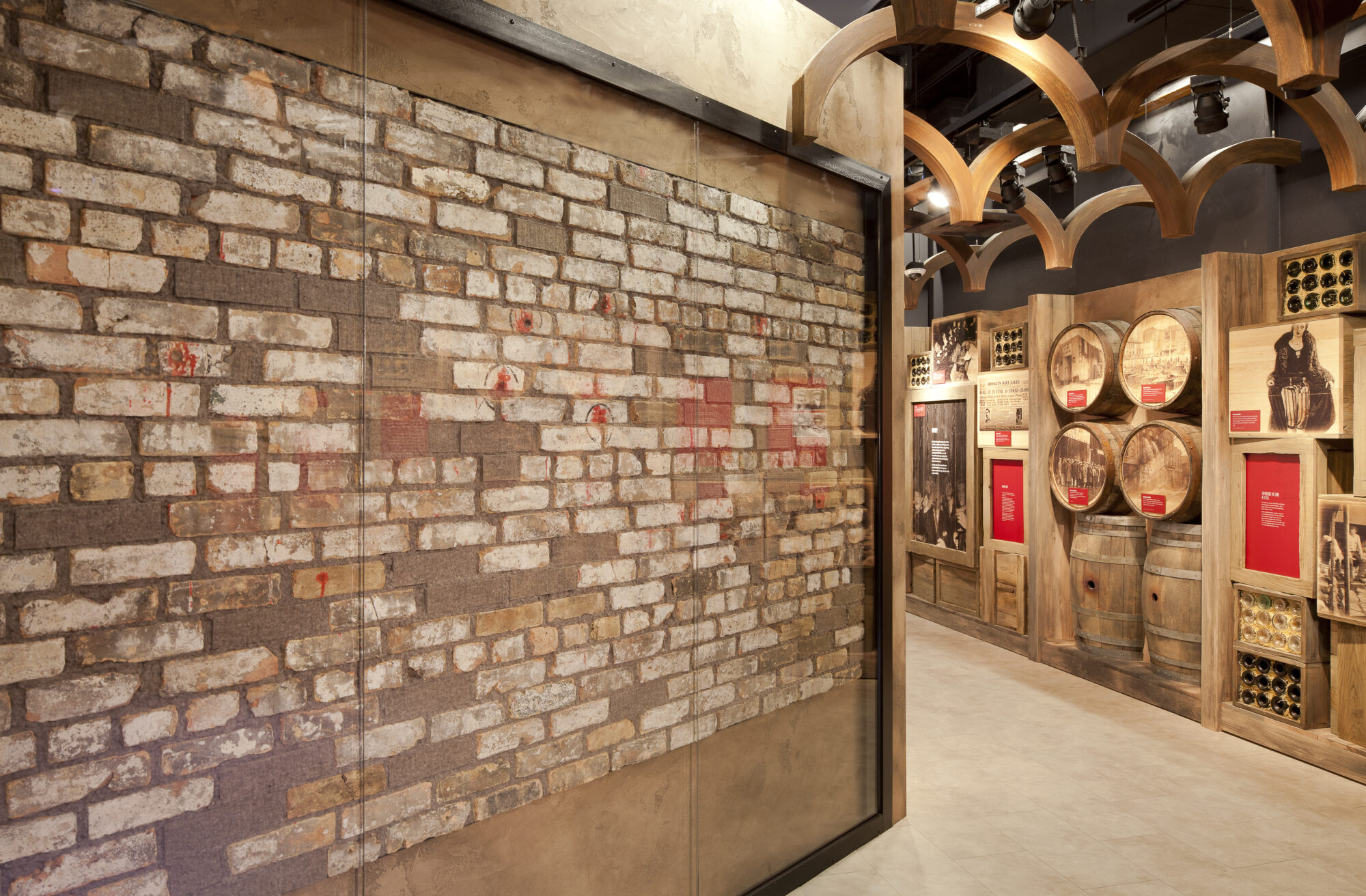
Overview
A commercial garage on the north side of Chicago was the setting for the most horrific shooting in Mob history, the St. Valentine’s Day Massacre. On February 14, 1929, seven members and associates of George “Bugs” Moran’s bootlegging gang were lined up against a wall and shot dead inside the garage at 2122 North Clark Street. Al Capone’s Chicago Outfit was widely suspected of ordering the hit, but no one was ever prosecuted. When the garage was slated for demolition in 1967, entrepreneur George Patey recovered the bricks from the wall. Three hundred of those bricks are on display here.
Learn more about the St. Valentine’s Day Massacre.
Gallery
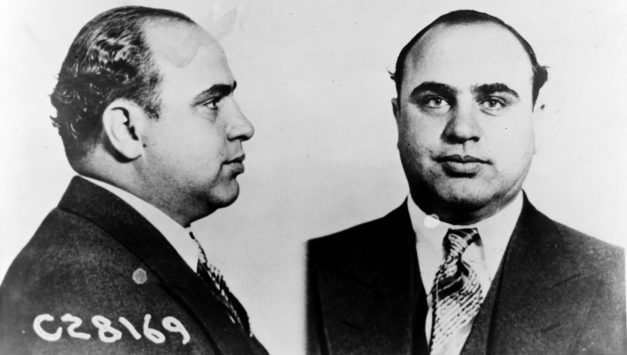
Although he was never prosecuted for the crime, it is widely believed that Al Capone was behind the St. Valentine’s Day Massacre.

Bullet holes are still easily visible in bricks from the wall. Paint was added by previous owners to enhance them.
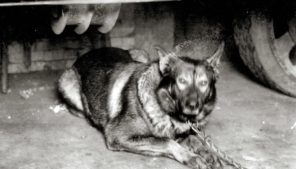
The only witness to the St. Valentine’s Day Massacre was a dog named Highball. He was never the same after the Massacre and had to be put down by police.

Businessman George Patey purchased these bricks in the late 1960s before the destruction of the Chicago garage where the Massacre occurred. He tried several business ventures with the bricks, from putting them in a club restroom to selling them by mail.
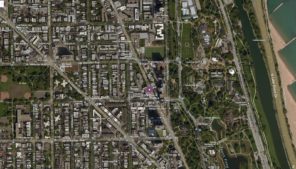
The Massacre took place at 2122 N. Clark Street in the S-M-C Cartage Company, a garage where Bugs Moran’s men hung out.

On February 14, 1929, seven men in Bugs Moran’s gang were lined up by men in police uniforms and gunned down. Courtesy of John Binder.

Explore more about the St. Valentine’s Day Massacre here.

News of the Massacre made headlines across the country and served as a wake-up to many Americans about the extent of organized crime’s power and violence.
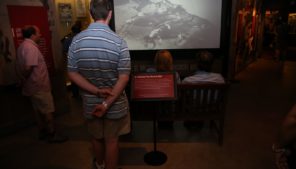
Explore the wall and explore more of how this event took place with our video.
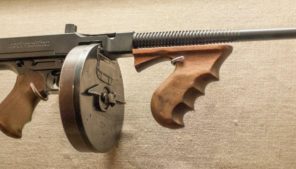
Thompson machine guns like this one were made popular by mobsters and were among the weapons used in the St. Valentine’s Day Massacre.





